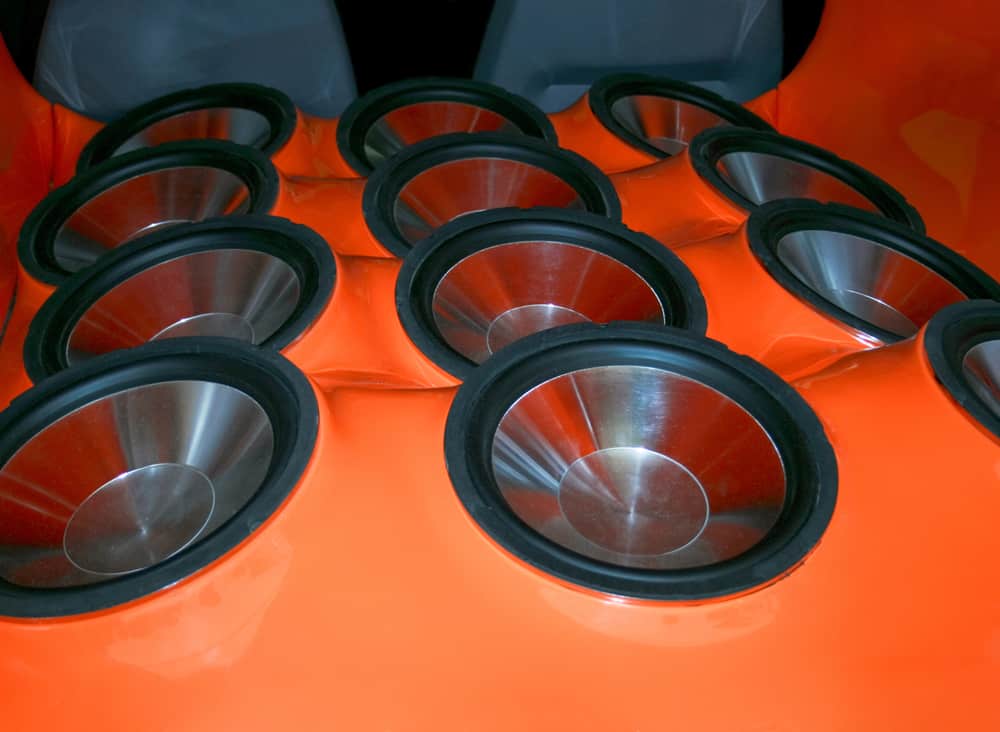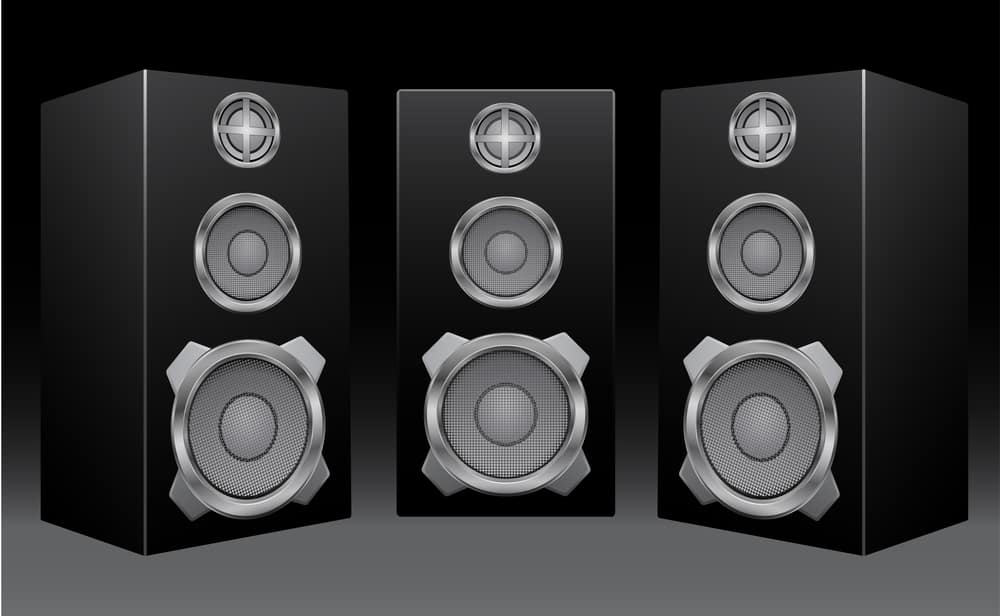Subwoofers are naturally loud and explosive, especially when these devices are installed on cars or home theater systems. For a lot of people, a more rich-sounding bass can change the video or the music significantly. If the subwoofer cannot produce that explosive boom, it will start to feel like something’s missing. If the power is not met, the ultimate question arises: how do you make your subwoofer louder for free?
A Subwoofer user can belong to two camps: Those in Camp A, who like “tight” bass or Camp B, who wants to their bass to sound “boomy”. Of course, those from Camp A would feel like “boomy” bass is quite loud, while those from Camp B will feel that “tight” bass is not loud enough. As it turns out, one of the major factors in a subwoofer bass output is the subwoofer enclosure.
In this article, we will explore how subwoofer boxes work and how they can be modified to make your subwoofer louder than before. Additionally, some tweaks for the amp will also be included to get the best out of your unit.
Tweak Your Subwoofer box
A subwoofer must have an enclosure to maximize its potential as a part of the sound system. The enclosure will not only give protection to the unit; it will also make improve the sound of the bass when you out the right subwoofer the right enclosure. This is also the reason why a lot of audio enthusiasts tend to make their own enclosures for the subs. There are different types of enclosures that you can use depending on the type of bass that you want to hear.

Different Types Of Subwoofer Boxes
-
Sealed Enclosure
The sealed enclosure is usually used by people who like a “tight” bass rather than a “loud” bass. A “tight” bass is achieved when the air is prevented from leaking out of the enclosure. The ringing after the bass hit is actually reduced, giving a crisp and clear bass sound. These enclosures are usually smaller and can blend well on decors. As the cone moves to make a beat, it is pushed back by the sealed air, which creates even notes that are perfect for hip-hop type sounds.
-
Ported Enclosure
A ported enclosure, on the other hand, doesn’t restrict the cone to move inside the enclosure. With this, the sound is louder and more “boomy”. You can catch more ringing at the end of a beat. To make this enclosure work, you need to make the measurements as accurate as possible, accounting for the size of the sub in the equation. You can’t really eyeball the box size for this one. Ported enclosures are preferred to be used when playing a rock or metal song.
-
Bandpass Enclosure
A bandpass enclosure is the combination of characteristics from both sealed and ported boxes. This box has two chambers, housing both the sealed one and the ported one in one place. It is excellent in all genres of music, but you’d likely get a sub that is untuned to the port, so watch out for that.
Source: https://itstillruns.com/sub-boxes-make-subs-louder-4830954.html
How To Improve The Sound?

-
Fill Your Box With Polyfill or Similar Material (Sealed Enclosure)
Sealed enclosures are usually smaller and more compact than their ported counterparts. One of the best ways to improve its sound is to fill it with Polyfill. What happens here is that by adding polyfill, the air inside the box slows down, giving a deeper and richer bass sound. Make sure to seal it tightly for a better effect.
Source:
https://www.instructables.com/id/How-to-get-the-most-BOOM-from-your-subwoofer-and-A/
-
Choose A Box With A Sturdier Material
Although this improvement works for both Ported and Sealed enclosures, the effect is more significant in sealed ones. Since sealed enclosures usually force sealed air to move around the box, the wood fibers expand, making it inefficient in the long run. Since sealed enclosures are simpler and easier to do, you can make a DIY box made with a stronger material than wood.
-
Tune Your Subwoofer
This is a free yet tedious way of improving the sound of your subwoofer. In concept, tuning your sub means finding the sweet spot to put it in a location, as well as the right frequency for the sub’s optimal performance. You also have to calculate the right frequency to use in your box, which might be overwhelming for a lot of people. It’s more of finding the right settings that suit the bass and the sound that we want in our subs.
Source: https://www.crutchfield.com/S-YbN6H0fnNsw/learn/car/subwoofers/tuning.html
-
Select The Right Size Of Box (Ported Enclosure)
A larger box doesn’t mean a louder sound when it comes to subwoofers, it just makes the bass response lower. Therefore, if you have a larger box than the optimal size for your subwoofer, it will not sound good. Doing this practice will also likely damage your subwoofer because of “free air” over-excursion. On the other hand, a smaller box will need more power to perform the same.
-
Tune Your Amp Too
To make the bass sound better, you can also tune your amp. Once done correctly, it can make the sound in all frequencies a lot better. The best way to do this is to play a song with a middle bass. Increase volume gains up to 80%. If it distorts, decrease the volume slightly, if not, keep cranking up the volume slowly until it starts distorting.
Source: https://www.instructables.com/id/How-to-get-the-most-BOOM-from-your-subwoofer-and-A/
Conclusion
These methods are all free, all you have to give is your time and effort. If the sound does not improve or it’s still lacking something to your liking, then it might be the time to buy a new one. Thank you for reading this article, I hope you learned something that you can use to improve your listening experience. Share this article if you find it helpful.
Related Topic: How To Install Subwoofer And AMP – Ways To Connect Easily
